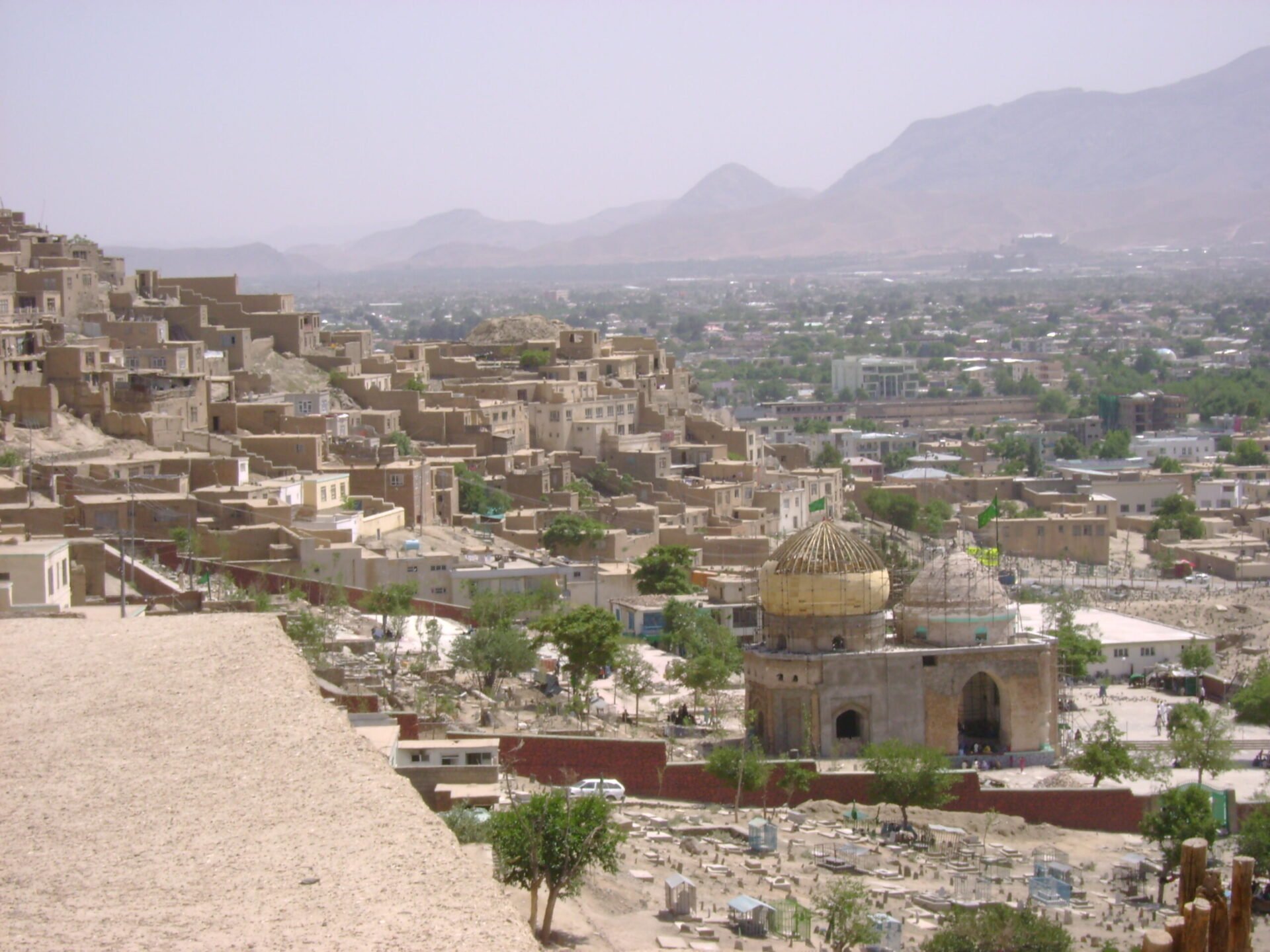(WP) (Co-authored with Rebecca Wolfe) Budget crunchers are looking at all aspects of the fiscal 2019 White House budget, including how foreign assistance helps support U.S. security interests. Some of the $16.8 billion in the latest U.S. Agency for International Development budget, for instance, targets the agency’s No. 1 programming issue: reducing conflict.
But what drives support for combatants in wartime? Governments, militaries and aid agencies have implemented dozens of economic interventions designed to win “hearts and minds” and reduce violence in settings as diverse as Iraq, Yemen, Pakistan, Nigeria and Somalia. These interventions include livelihood training, employment programs, cash-for-work opportunities and, increasingly, unconditional cash transfers to specific populations.
The premise here is that poverty leaves communities and, in particular, youths vulnerable to insurgent recruitment. Employment and improved economic prospects, in theory, will help shift support away from insurgents, in favor of the government. And these programs raise the opportunity costs for participating in armed rebellion, which makes it harder for insurgents to recruit. […]
Read More © Monkey Cage blog (Washington Post)











